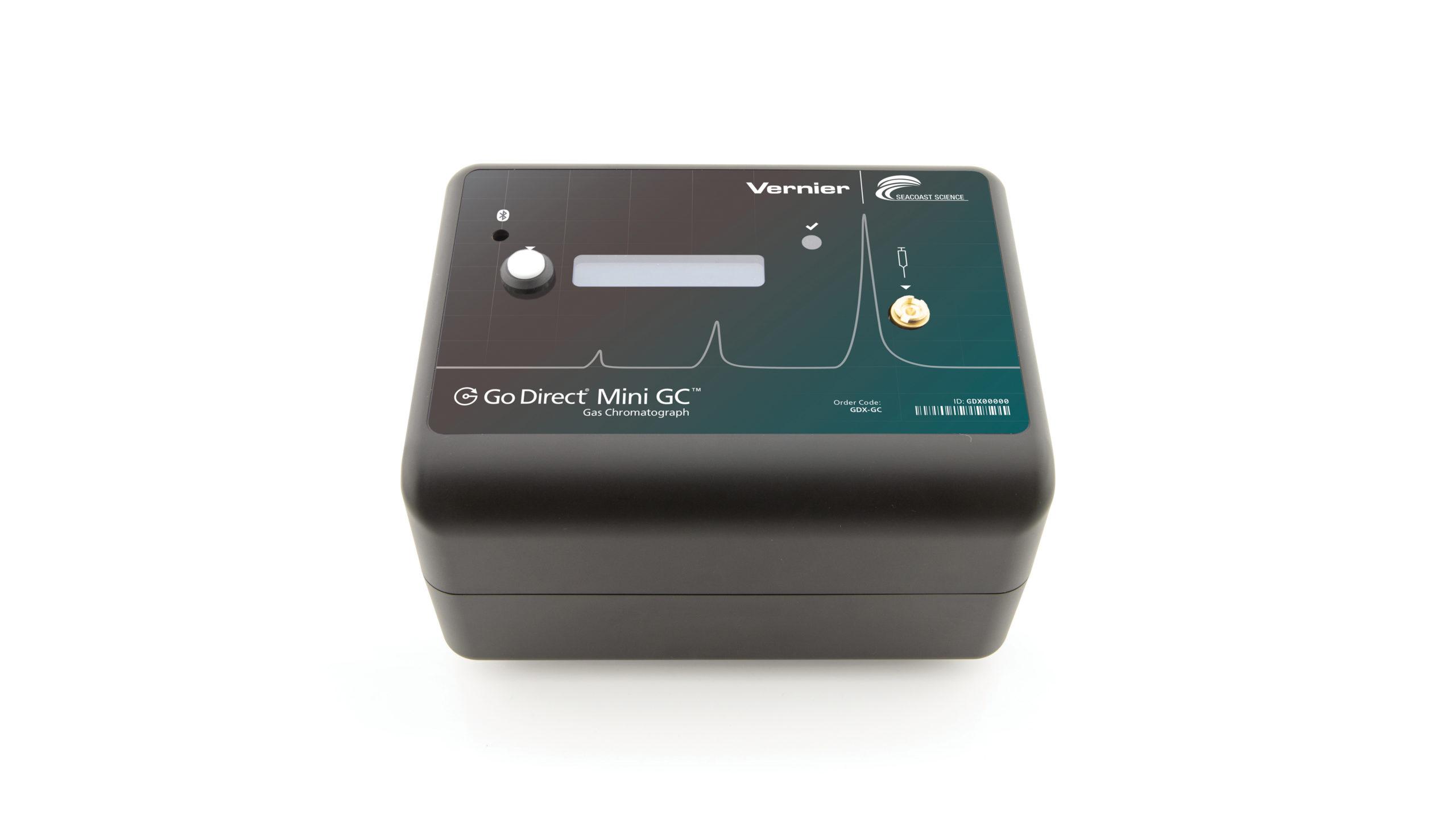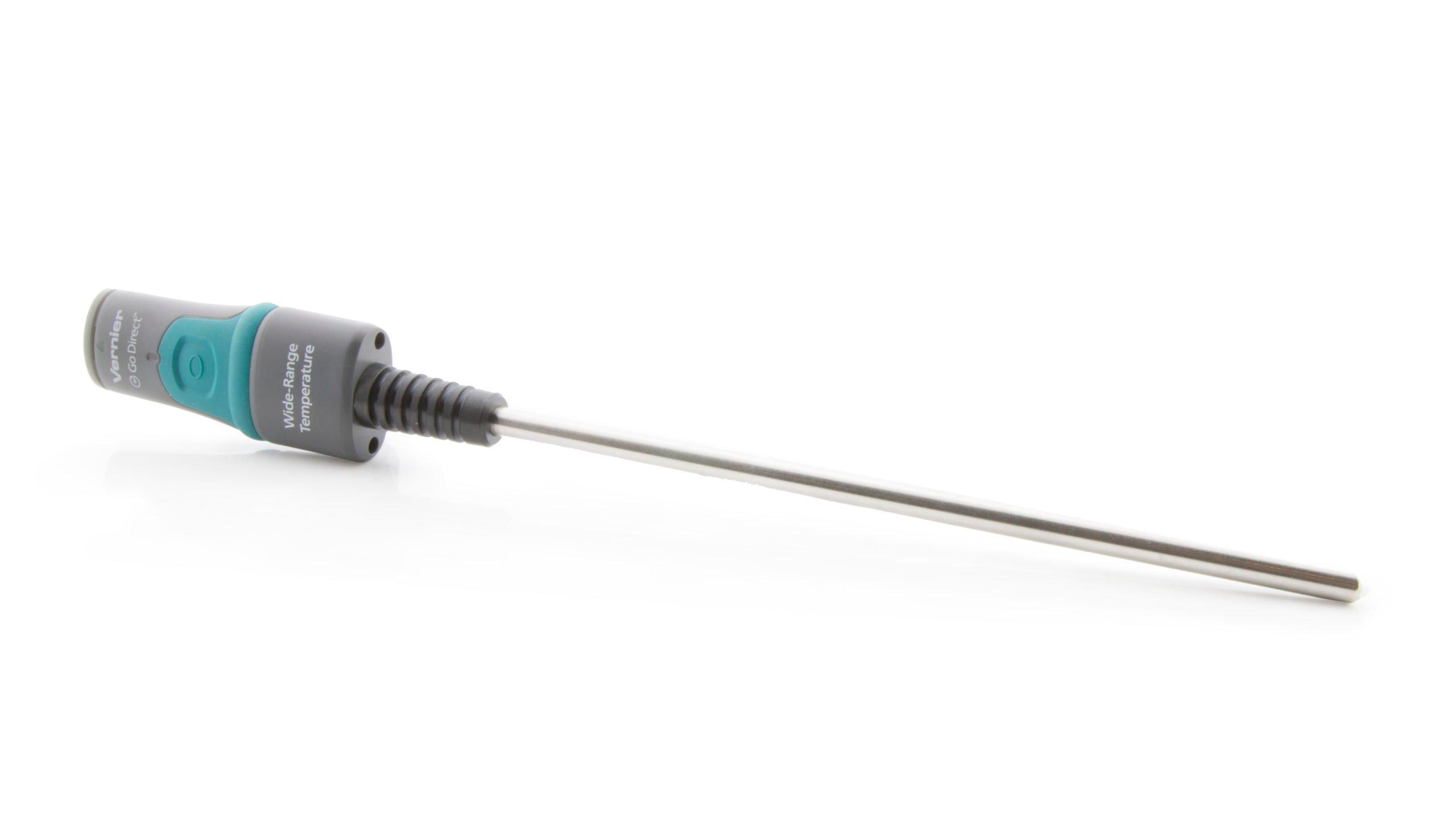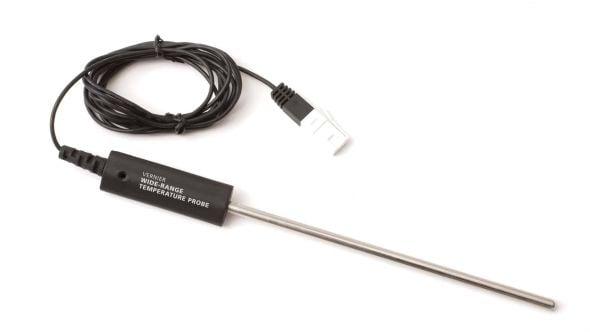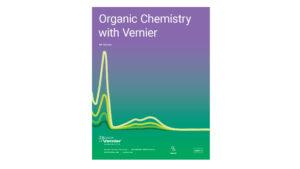SN2: Synthesis of 1-bromobutane
Experiment #14 from Organic Chemistry with Vernier
- Education Level
- College
Introduction
Alkyl halides can be prepared from their corresponding alcohols via an acid catalyzed substitution reaction. The mechanism of these acid catalyzed substitution reactions are labeled as SN1 (substitution, nucleophilic, unimolecular) and SN2 (substitution, nucleophilic, bimolecular). Tertiary alcohols follow the SN1 route, primary alcohols follow the SN2, route and secondary alcohols can follow either path.
The SN2 reaction for converting 1-butanol to 1-bromobutane involves rapid protonation of the alcohol along with a concerted step where the nucleophile attacks the carbon, displacing water. The backside attack by the nucleophile is favored for primary substrates and less ideal for secondary and tertiary substrates.
The product will be verified by gas chromatography by comparing the chromatograms of the starting material, 1-bromobutane standard, and your product. Confirmation of your product, 1-bromobutane can also be performed by reacting the product with a solution of sodium iodide in acetone. The primary alkyl halide will react by means of an SN2 mechanism with the sodium iodide to form an insoluble precipitate. The appearance of a precipitate indicates a positive result suggesting the presence of a primary alkyl halide.
Objectives
In this experiment, you will
- Synthesize 1-bromobutane via an SN2 reaction.
- Confirm the presence of a primary alkyl halide using the sodium iodide test.
- Verify the product by gas chromatography.
Sensors and Equipment
This experiment features the following sensors and equipment. Additional equipment may be required.
Ready to Experiment?
Ask an Expert
Get answers to your questions about how to teach this experiment with our support team.
- Call toll-free: 888-837-6437
- Chat with Us
- Email support@vernier.com
Purchase the Lab Book
This experiment is #14 of Organic Chemistry with Vernier. The experiment in the book includes student instructions as well as instructor information for set up, helpful hints, and sample graphs and data.




